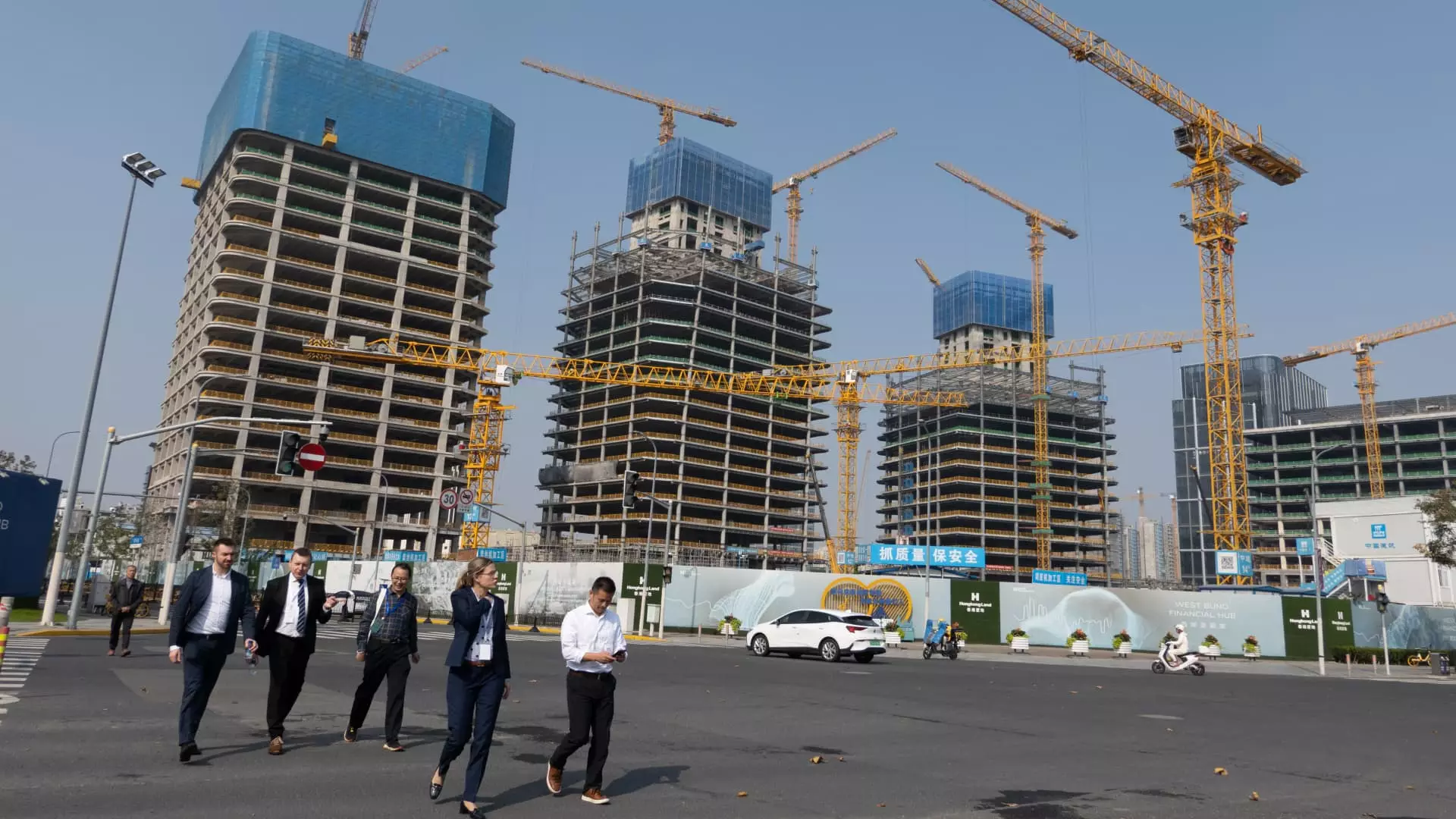The Chinese government is poised to take decisive action to bolster its economy as it approaches significant parliamentary discussions. With the potential for enhanced fiscal and monetary policies on the horizon, the ramifications of these policies could reshape the nation’s economic landscape. This article delves into the recent trends in China’s economic stimulus measures, the pressures driving them, and the anticipated outcomes of such initiatives.
Context of Current Economic Stimulus
In the last few months, Chinese authorities have progressively intensified their economic stimulus initiatives, illustrating their commitment to countering the impacts of ongoing domestic challenges, particularly within the real estate sector and the lingering effects of the COVID-19 pandemic. Following President Xi Jinping’s meeting on September 26, the government’s resolve to reinforce fiscal support and halt the decline of the real estate market became evident. Politically and economically, these measures signal a response to both internal pressures and external threats, particularly with increasing trade tensions escalated by the previous U.S. presidential election outcomes that hinted at punitive tariffs on Chinese goods.
The People’s Bank of China has already enacted multiple cuts to interest rates as a preliminary effort to stimulate borrowing and spending. However, the proposed significant increases in government spending and debt require the ratification of the National People’s Congress (NPC). The NPC has historically played a pivotal role in sanctioning changes to fiscal policy, most notably agreeing to raise the deficit limit last year. Observers note that such measures, while beneficial, also necessitate addressing the alarming levels of local government debt which have burgeoned over recent years, exacerbated by the limitations imposed by the real estate downturn and pandemic-related expenditures.
The urgency to reform local government finances is underscored by Nomura’s projections, which indicate that China harbors an estimated 50 trillion to 60 trillion yuan in concealed debts. A potential increase in local government’s debt quotas could yield significant fiscal relief, enabling authorities to alleviate some of their financial burdens, with estimates citing a potential annual savings of 300 billion yuan in interest payments.
Despite the anticipated measures to elevate fiscal support, analysts remain cautious regarding the potential reach of the government’s actions. There is widespread apprehension that China may prioritize stabilizing local government finances over direct consumer support. The Minister of Finance’s comments about balancing fiscal support with local debt management illustrate a complex dilemma: the need for immediate economic stimulus versus the imperative of structural fiscal responsibility.
While expansionary measures may be warranted given the economic landscape, there is also a pressing concern about the long-term implications of increasing local government debt. As the economy increasingly relies on debt financing, the sustainability of such an approach will undoubtedly come under scrutiny in the coming years.
As China approaches the conclusion of its parliamentary discussions, the world watches closely for the unveiling of new stimulus measures. The interplay of domestic pressures, global economic conditions, and the overarching necessity for prudent fiscal management will likely dictate the nature and effectiveness of these policies. The outcome of these deliberations could either steer the nation towards renewed economic vigor or entrench it deeper into a cycle of fiscal strain, illuminating the delicate balance that the Chinese government must navigate in its quest for stability and growth.


Leave a Reply